Home>Furniture & Design>Bathroom Accessories>How Long Does A First Aid Kit Last
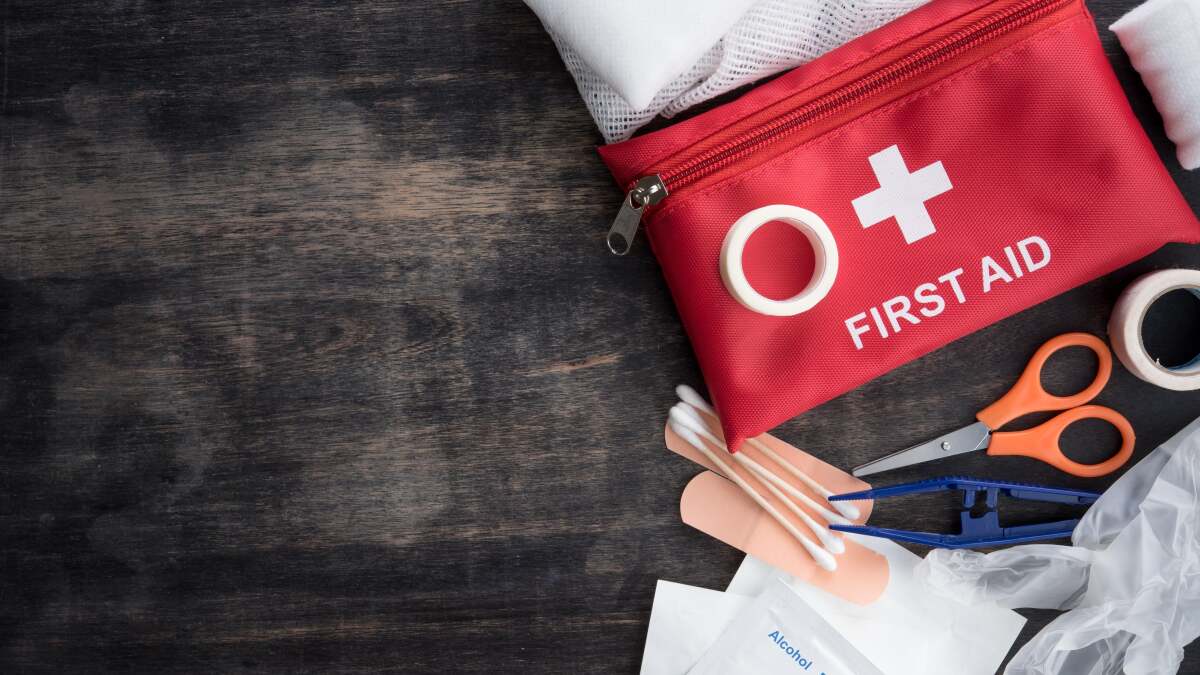

Bathroom Accessories
How Long Does A First Aid Kit Last
Published: February 10, 2024
Ensure your bathroom safety with long-lasting first aid kits. Find out how long they last and keep your bathroom accessories well-stocked for emergencies.
(Many of the links in this article redirect to a specific reviewed product. Your purchase of these products through affiliate links helps to generate commission for Storables.com, at no extra cost. Learn more)
Introduction
First aid kits are essential for addressing minor injuries and medical emergencies at home, in the workplace, or while traveling. These kits contain a variety of supplies, including bandages, antiseptics, medications, and tools, to provide immediate care before professional medical assistance is available. However, it's crucial to understand the shelf life of first aid kits and their contents to ensure their effectiveness when needed.
Understanding the factors that influence the shelf life of first aid kits and recognizing the signs of expired supplies are vital for maintaining the readiness of these crucial medical resources. Additionally, implementing proper maintenance practices can help extend the usability of first aid kits, ensuring that they remain reliable in times of need.
In this article, we will explore the factors that affect the shelf life of first aid kits, identify the signs indicating expired supplies, and provide valuable tips for maintaining these kits. By gaining a comprehensive understanding of these aspects, individuals and organizations can effectively manage their first aid resources, promoting safety and well-being in various environments.
Key Takeaways:
- Regularly check your first aid kit for expired supplies, like medications and bandages. Replace any items past their expiration dates to ensure your kit is always ready for emergencies.
- Store your first aid kit in a cool, dry place away from sunlight and moisture. Keep it organized, and replenish supplies as needed to maintain its effectiveness.
Read more: How Much Does A First Aid Kit Weigh?
Factors Affecting the Shelf Life of First Aid Kits
The shelf life of first aid kits and their contents is influenced by several key factors, each of which plays a significant role in determining the longevity and effectiveness of the supplies. Understanding these factors is essential for ensuring that first aid kits are adequately maintained and that their contents remain reliable in times of need.
-
Storage Conditions: The environment in which a first aid kit is stored greatly impacts the shelf life of its contents. Exposure to extreme temperatures, moisture, and direct sunlight can degrade medications, adhesive products, and certain medical supplies. Ideally, first aid kits should be stored in a cool, dry place, away from direct sunlight and excessive humidity, to maintain the integrity of their contents.
-
Quality of Supplies: The quality of the materials and supplies used in a first aid kit significantly influences its shelf life. High-quality bandages, medications, and tools are likely to have longer shelf lives compared to lower-quality alternatives. When assembling or purchasing a first aid kit, it is important to prioritize supplies from reputable manufacturers known for their durability and reliability.
-
Expiration Dates of Contents: Most first aid supplies, including medications and certain medical tools, have expiration dates. It is crucial to regularly check and replace expired items to ensure that the contents of the first aid kit remain effective and safe for use. Monitoring expiration dates and conducting routine inspections are essential practices for maintaining the readiness of first aid kits.
-
Frequency of Use: The frequency with which a first aid kit is used can impact the shelf life of its contents. Supplies that are frequently accessed and utilized may experience wear and tear, potentially reducing their effectiveness over time. Regularly replenishing and replacing items that have been used or are nearing their expiration dates is vital for sustaining the reliability of the first aid kit.
-
Container Quality: The durability and quality of the first aid kit container itself can influence the shelf life of its contents. A well-constructed, airtight container can help protect supplies from environmental factors and physical damage, thus extending their usability. Investing in a high-quality, durable first aid kit container can contribute to the longevity of its contents.
By considering these factors and implementing appropriate measures, individuals and organizations can effectively manage the shelf life of first aid kits, ensuring that they remain equipped to provide essential care during medical emergencies. Regular inspection, proper storage, and timely replenishment of supplies are key practices for maintaining the readiness and reliability of first aid kits.
Signs of Expired First Aid Supplies
Recognizing the signs of expired first aid supplies is crucial for ensuring the effectiveness and safety of the contents within a first aid kit. By being able to identify these signs, individuals and organizations can proactively address expired supplies, thereby maintaining the readiness of their first aid resources.
-
Expired Expiration Dates: One of the most obvious signs of expired first aid supplies is the presence of expiration dates on the packaging. It is essential to routinely check the expiration dates of medications, ointments, and other perishable items within the first aid kit. If any item has surpassed its expiration date, it should be promptly replaced to ensure that only viable and safe supplies are available for use.
-
Changes in Appearance or Texture: Visual and tactile changes in the supplies can indicate expiration. For instance, bandages or gauze that have become discolored, brittle, or have an altered texture may no longer be suitable for use. Similarly, medications that have changed in color, consistency, or odor should be discarded and replaced with fresh supplies.
-
Compromised Packaging: Damaged or compromised packaging can render first aid supplies ineffective or unsafe. If the packaging of any item within the first aid kit is torn, punctured, or visibly damaged, it is advisable to replace the item to maintain its integrity and prevent contamination.
-
Ineffectiveness in Use: When attempting to use a first aid supply, if it fails to perform its intended function or does not yield the expected results, it may be an indication of expiration or degradation. For example, an adhesive bandage that no longer adheres properly or an expired antiseptic that does not effectively disinfect a wound should be replaced without delay.
-
Unusual Smell or Discoloration: Unusual odors emanating from medications or topical treatments, as well as unexpected discoloration of liquids or ointments, can signify expiration or contamination. Any such signs should prompt the immediate replacement of the affected supplies.
Regularly inspecting the first aid kit for these signs of expired supplies is essential for maintaining its effectiveness and ensuring that only reliable and safe resources are available for use during emergencies. By promptly addressing expired supplies, individuals and organizations can uphold the readiness and functionality of their first aid kits, promoting a safe and prepared environment for addressing medical needs.
Tips for Maintaining First Aid Kits
Proper maintenance of first aid kits is essential for ensuring their readiness and effectiveness during medical emergencies. By implementing the following tips, individuals and organizations can uphold the functionality and reliability of their first aid resources, promoting a safe and prepared environment for addressing medical needs.
1. Regular Inspections
Frequent inspections of the first aid kit are crucial for identifying expired or depleted supplies. Establish a routine schedule for inspecting the contents, checking expiration dates, and assessing the overall condition of the supplies. This proactive approach allows for timely replenishment and replacement of items, ensuring that the kit remains fully stocked and ready for use.
Read more: What’s In A First Aid Kit
2. Restocking and Replenishment
Maintain a comprehensive inventory of the first aid kit's contents and establish a restocking protocol. When supplies are used or nearing their expiration dates, promptly replenish them with fresh replacements. Additionally, consider conducting regular audits to assess the completeness of the kit and make necessary additions or adjustments based on specific needs or usage patterns.
3. Proper Storage
Store the first aid kit in a designated, easily accessible location that is free from extreme temperatures, moisture, and direct sunlight. Ensure that the storage area is secure and well-protected to prevent damage or contamination of the supplies. Proper storage conditions contribute significantly to preserving the shelf life and integrity of the first aid kit's contents.
4. Labeling and Organization
Maintain a well-organized and clearly labeled first aid kit to facilitate easy identification and access to supplies. Categorize items based on their functions and ensure that all contents are appropriately labeled with their expiration dates. This organization not only streamlines the retrieval of supplies during emergencies but also aids in monitoring expiration dates and conducting regular inspections.
5. Training and Education
Provide training and education to individuals who may need to access the first aid kit. Ensure that users are familiar with the contents, their intended uses, and proper protocols for restocking and replacing supplies. Additionally, offer guidance on basic first aid procedures to enhance the effectiveness of the kit's resources when addressing medical needs.
Read more: What Is Inside A First Aid Kit
6. Customization for Specific Needs
Tailor the contents of the first aid kit to address specific requirements based on the environment and potential medical scenarios. Consider the unique needs of the setting in which the kit will be utilized, such as a workplace, outdoor recreational area, or household, and customize the supplies accordingly. This customization ensures that the first aid kit is optimally equipped to address relevant medical situations.
By incorporating these tips into the maintenance practices for first aid kits, individuals and organizations can uphold the readiness and functionality of these essential medical resources. Regular inspections, proactive restocking, proper storage, organization, education, and customization collectively contribute to maintaining reliable and effective first aid kits, promoting a safe and prepared approach to addressing medical emergencies.
Conclusion
In conclusion, understanding the shelf life of first aid kits and the factors influencing their longevity is paramount for ensuring the readiness and effectiveness of these essential medical resources. By recognizing the impact of storage conditions, supply quality, expiration dates, frequency of use, and container quality, individuals and organizations can proactively manage the shelf life of first aid kits, thereby promoting safety and well-being in various environments.
Moreover, being able to identify the signs of expired first aid supplies, such as expired expiration dates, changes in appearance or texture, compromised packaging, ineffectiveness in use, and unusual smell or discoloration, empowers individuals to maintain the reliability and safety of their first aid resources. Regular inspections and prompt replacement of expired supplies are fundamental practices for upholding the functionality of first aid kits.
The tips for maintaining first aid kits, including regular inspections, restocking and replenishment, proper storage, labeling and organization, training and education, and customization for specific needs, provide a comprehensive framework for effectively managing the readiness and reliability of these crucial medical resources. By integrating these practices into the maintenance of first aid kits, individuals and organizations can ensure that they are well-prepared to address medical emergencies with confidence and efficiency.
Ultimately, the proper management of first aid kits contributes to a proactive and safety-oriented approach in various settings, including homes, workplaces, recreational areas, and travel environments. By prioritizing the maintenance and readiness of first aid resources, individuals and organizations demonstrate a commitment to promoting well-being and addressing medical needs effectively.
In essence, the knowledge and implementation of best practices for maintaining first aid kits serve as a cornerstone for fostering a safe and prepared environment, where immediate medical care can be readily administered when the need arises. Through diligence, education, and proactive management, the reliability and effectiveness of first aid kits can be upheld, ensuring that they remain valuable assets in promoting health and safety for all.
Frequently Asked Questions about How Long Does A First Aid Kit Last
Was this page helpful?
At Storables.com, we guarantee accurate and reliable information. Our content, validated by Expert Board Contributors, is crafted following stringent Editorial Policies. We're committed to providing you with well-researched, expert-backed insights for all your informational needs.
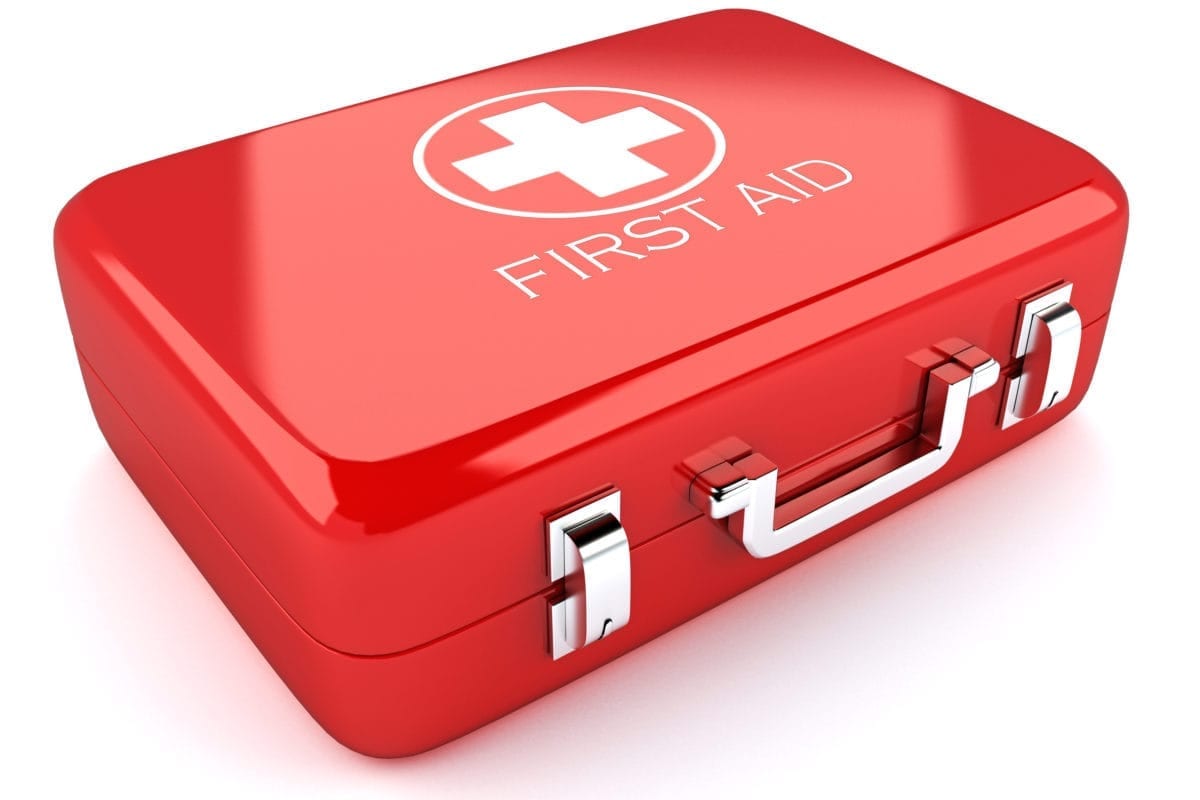
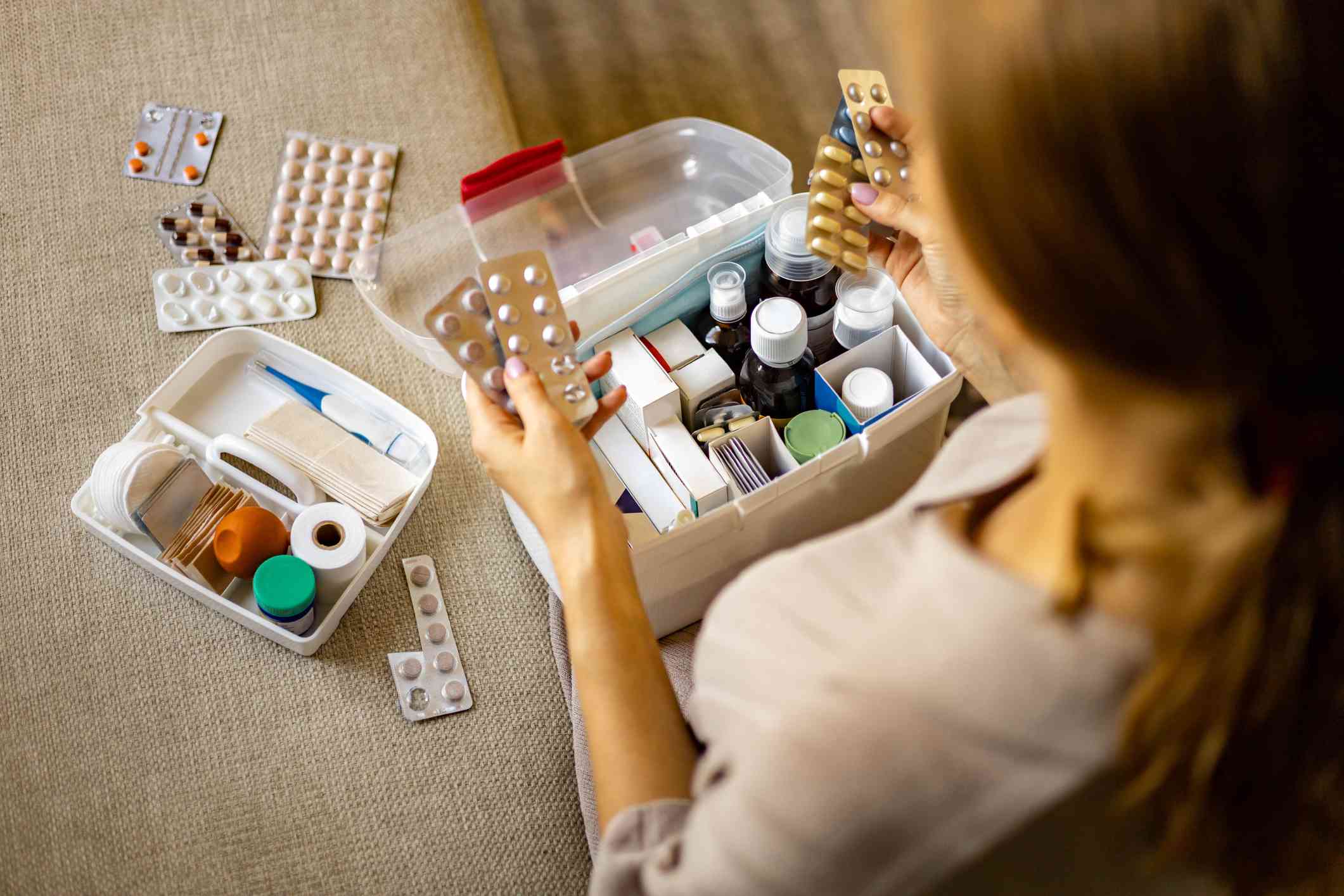
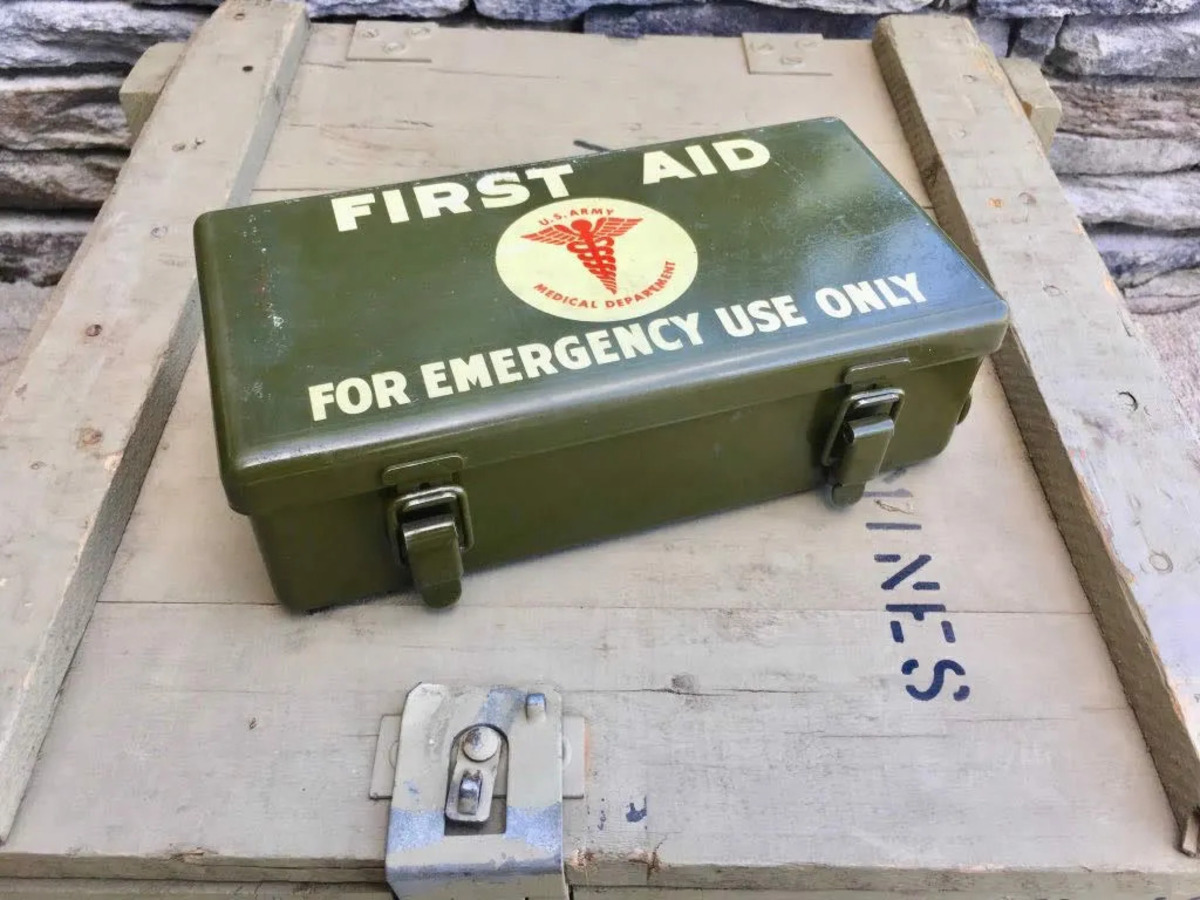
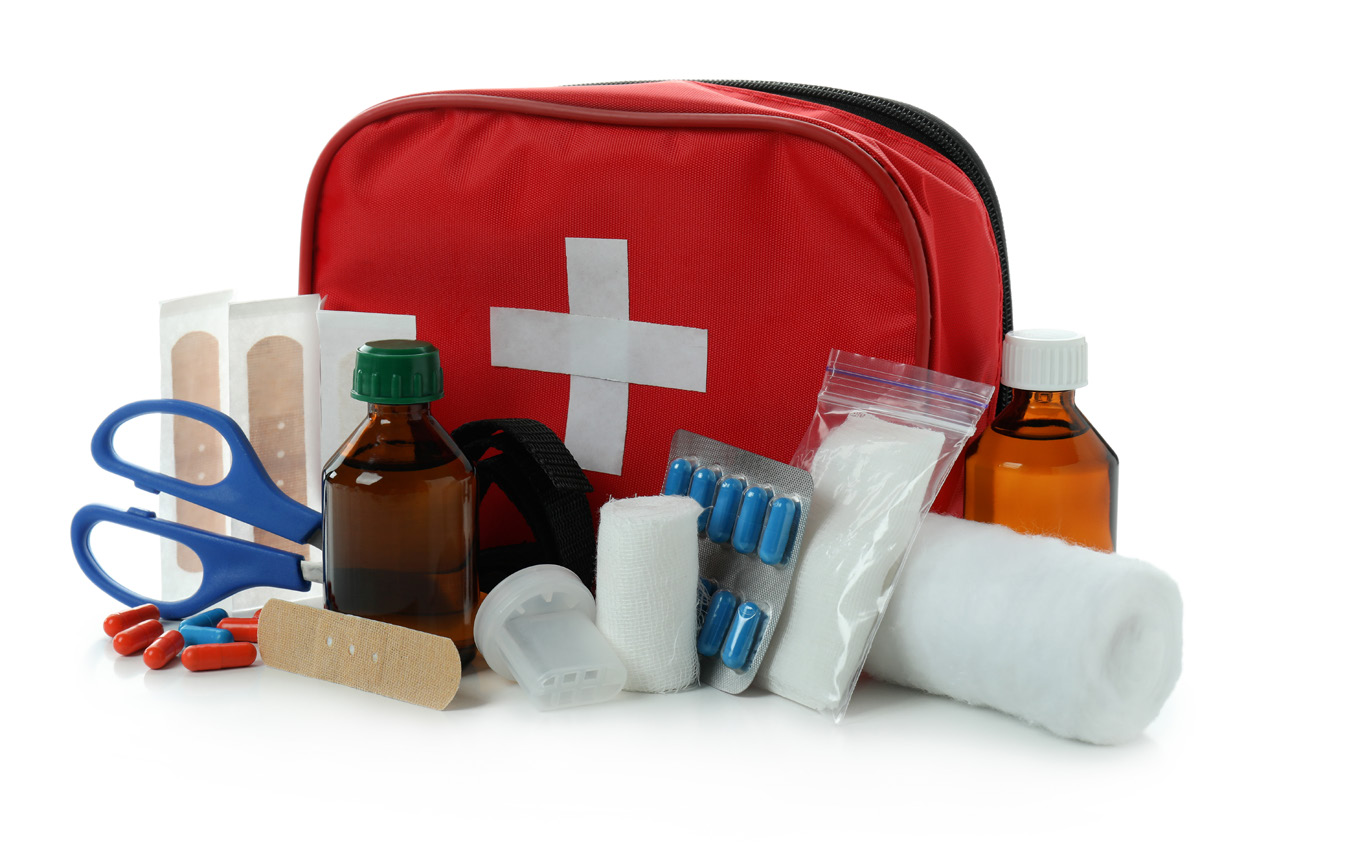
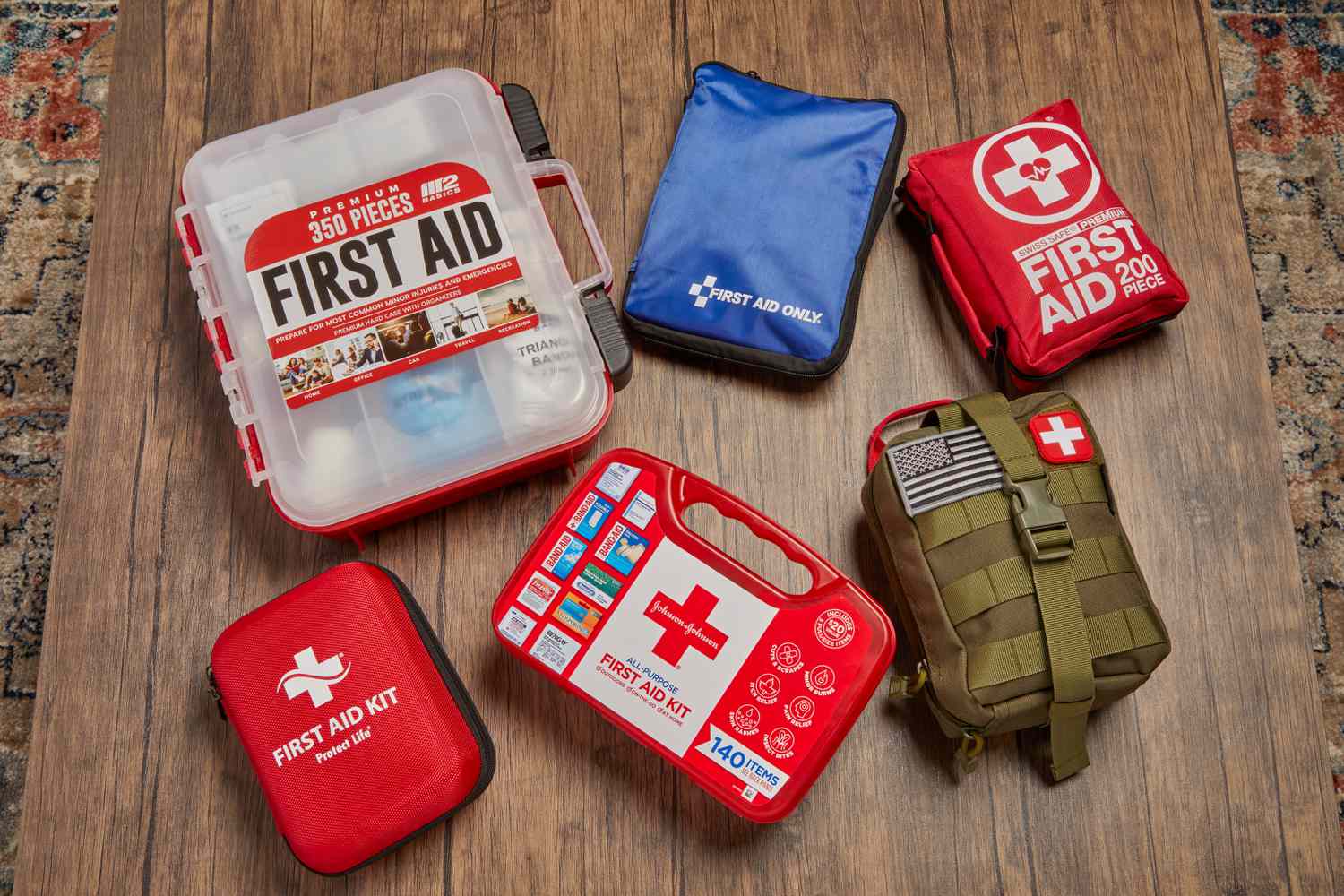
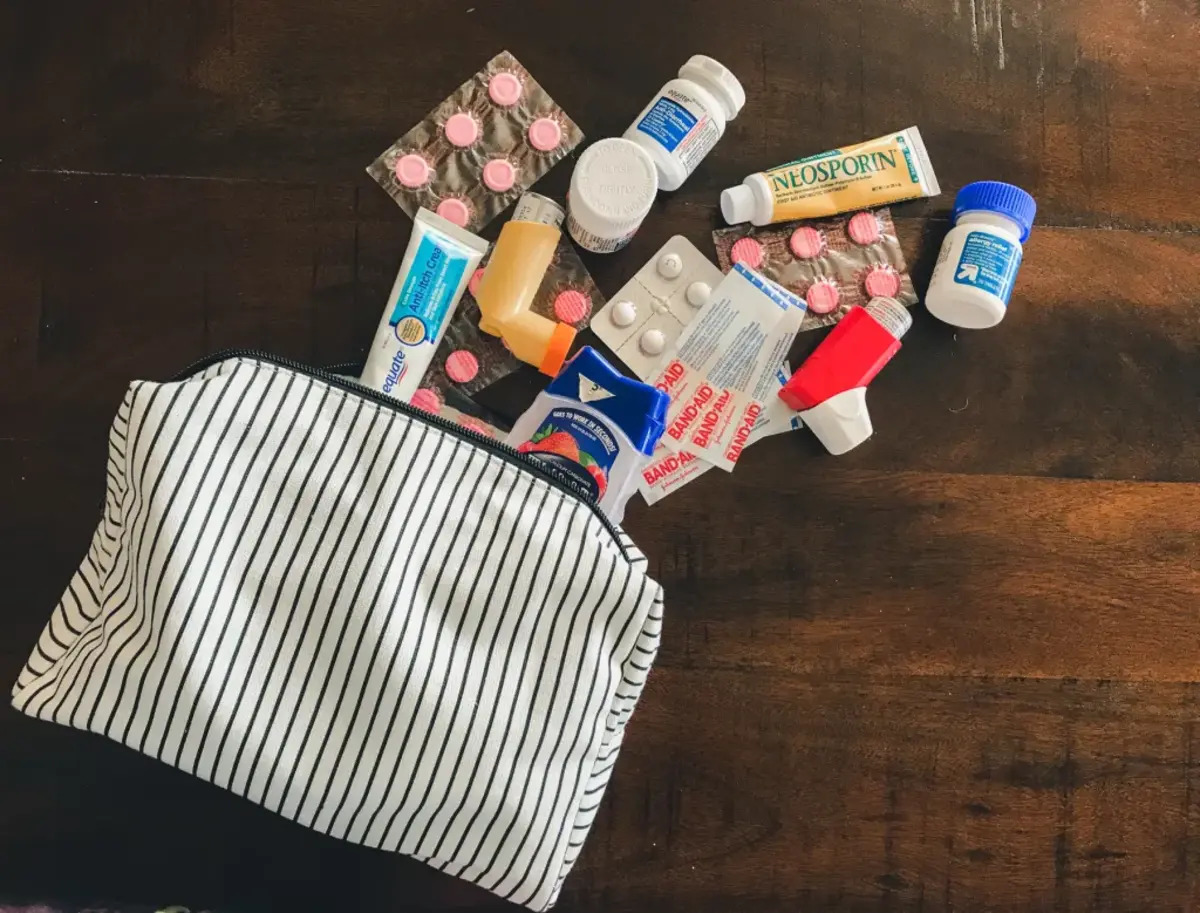
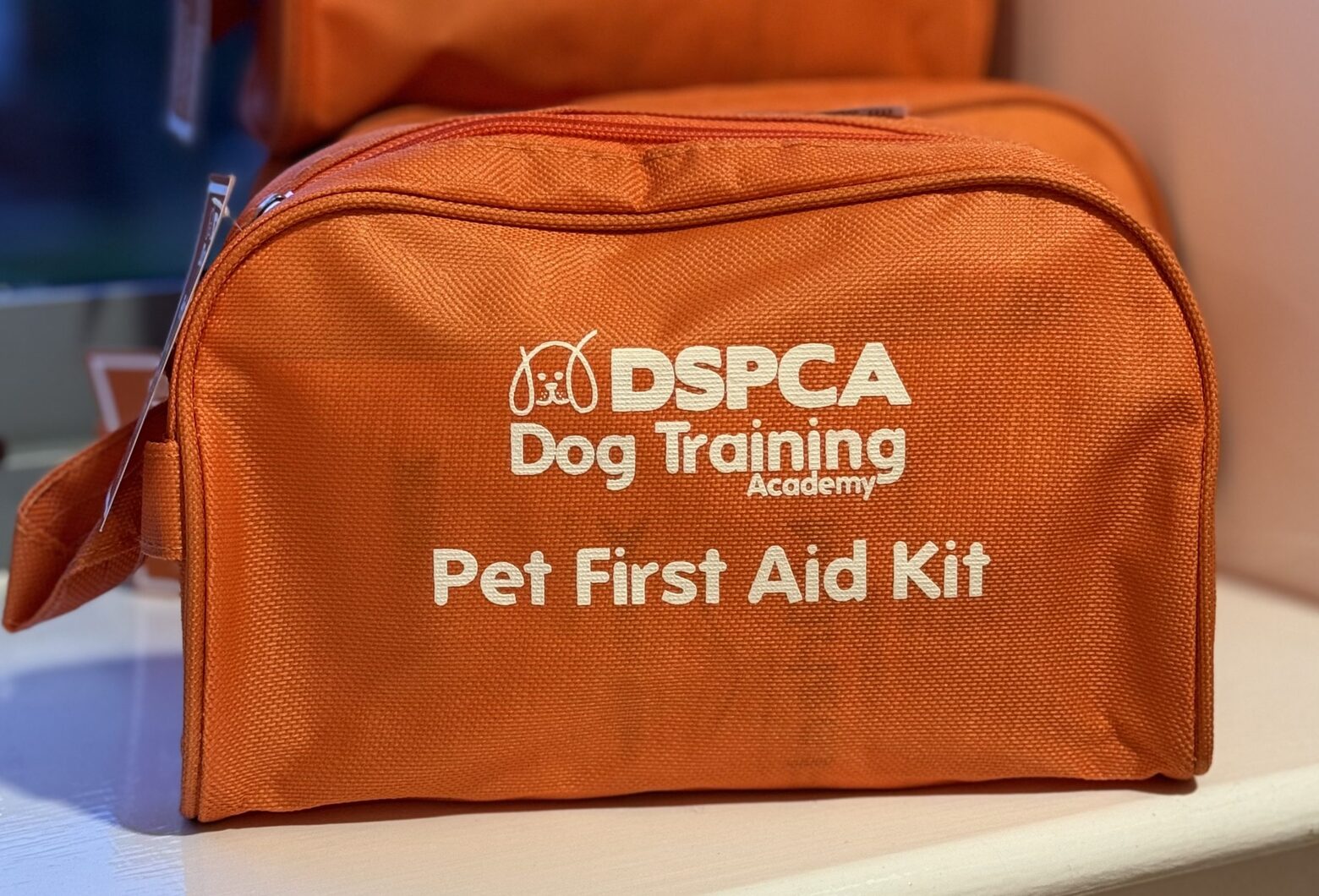
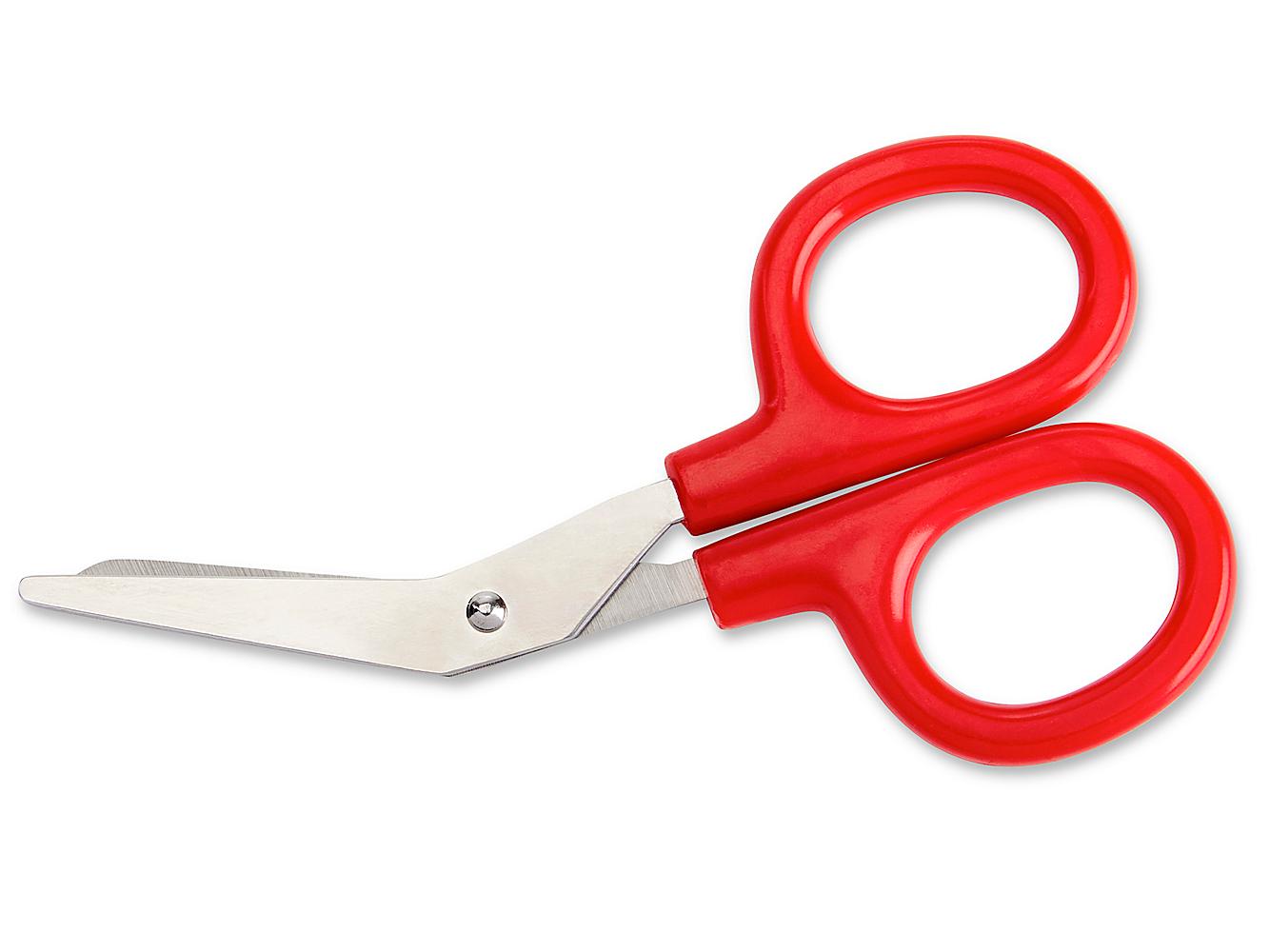
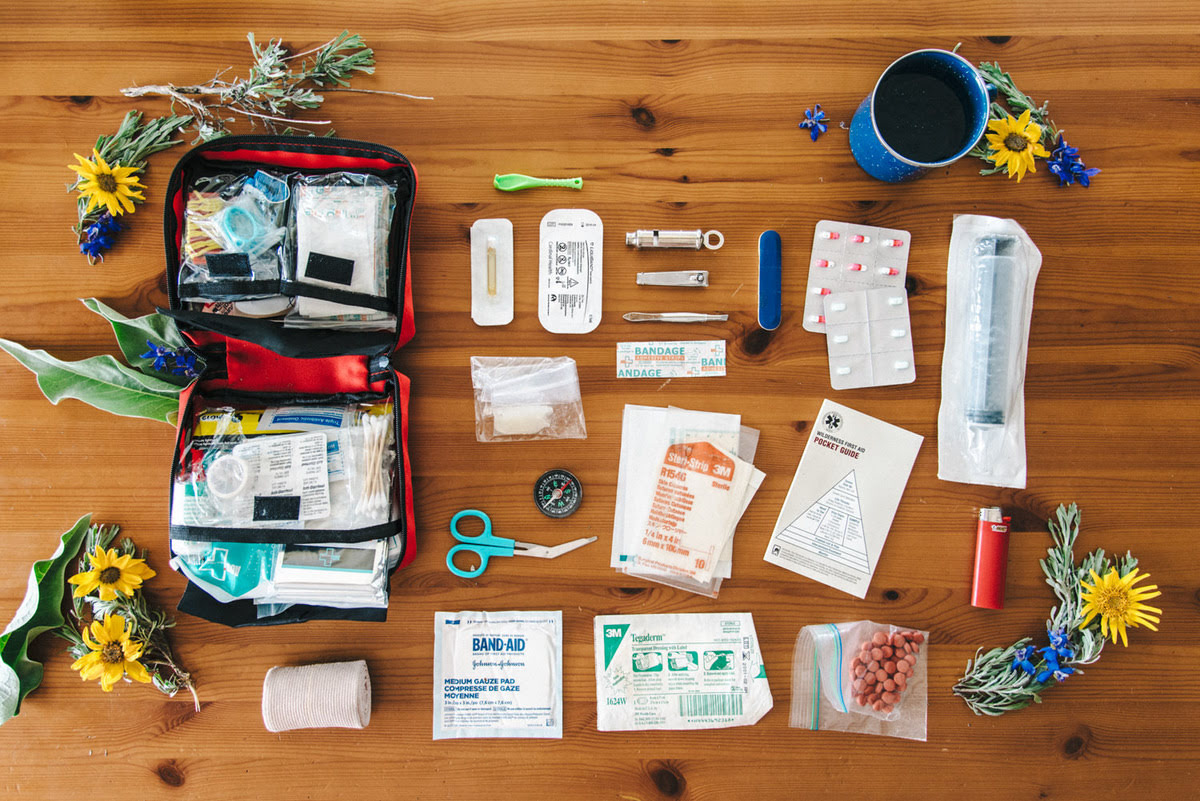
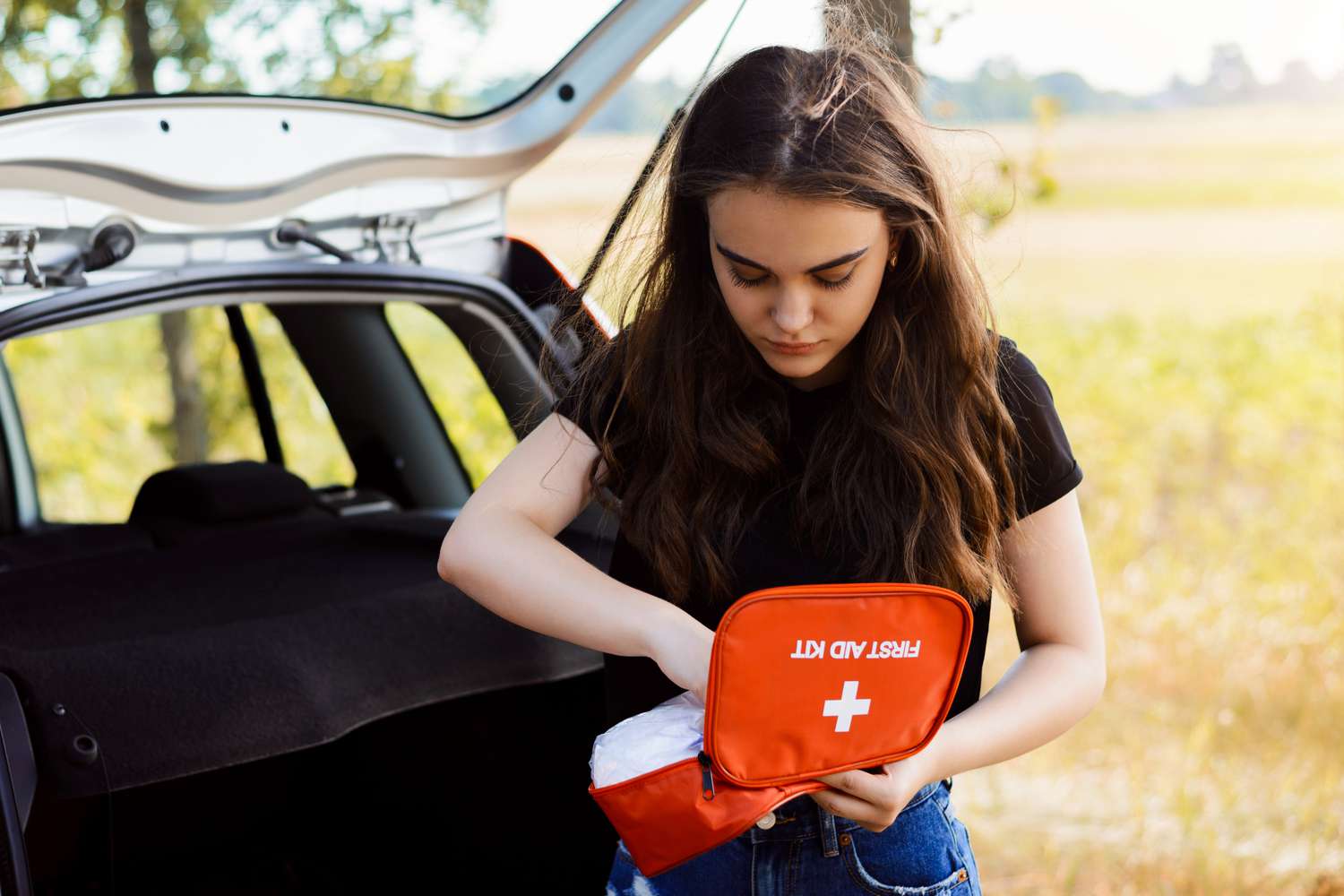
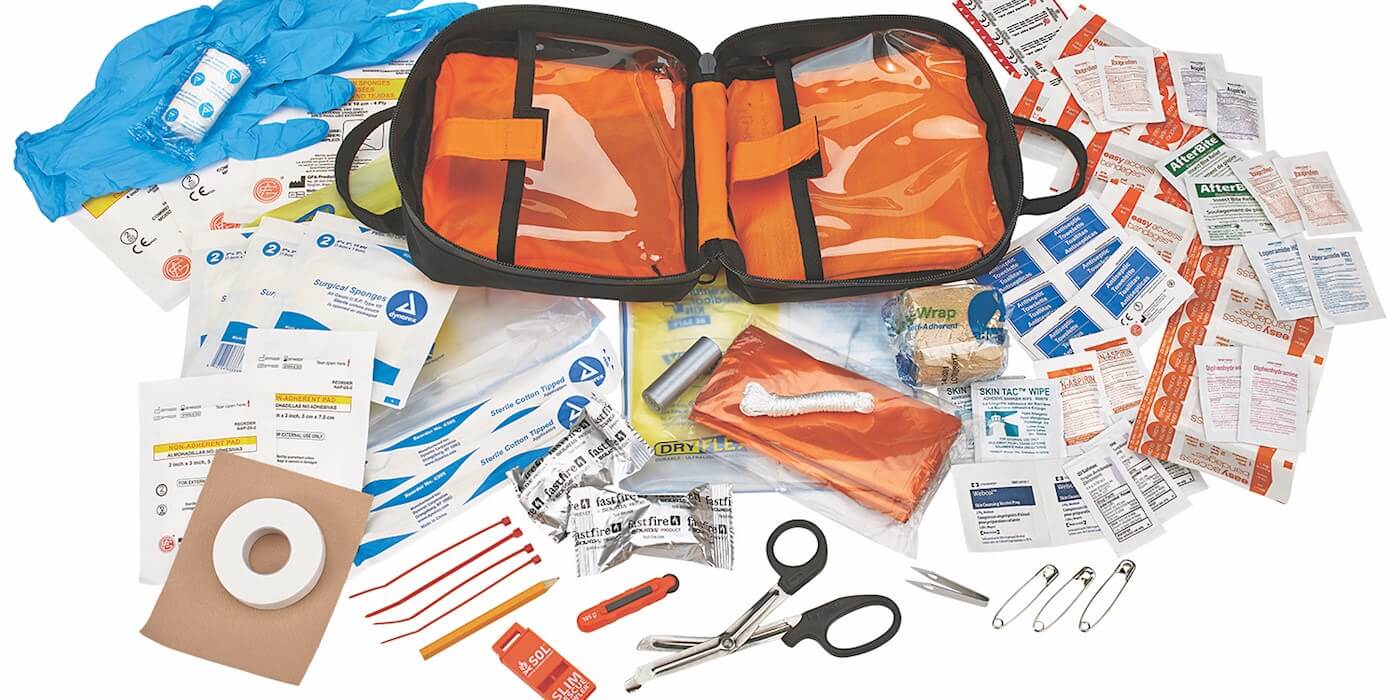
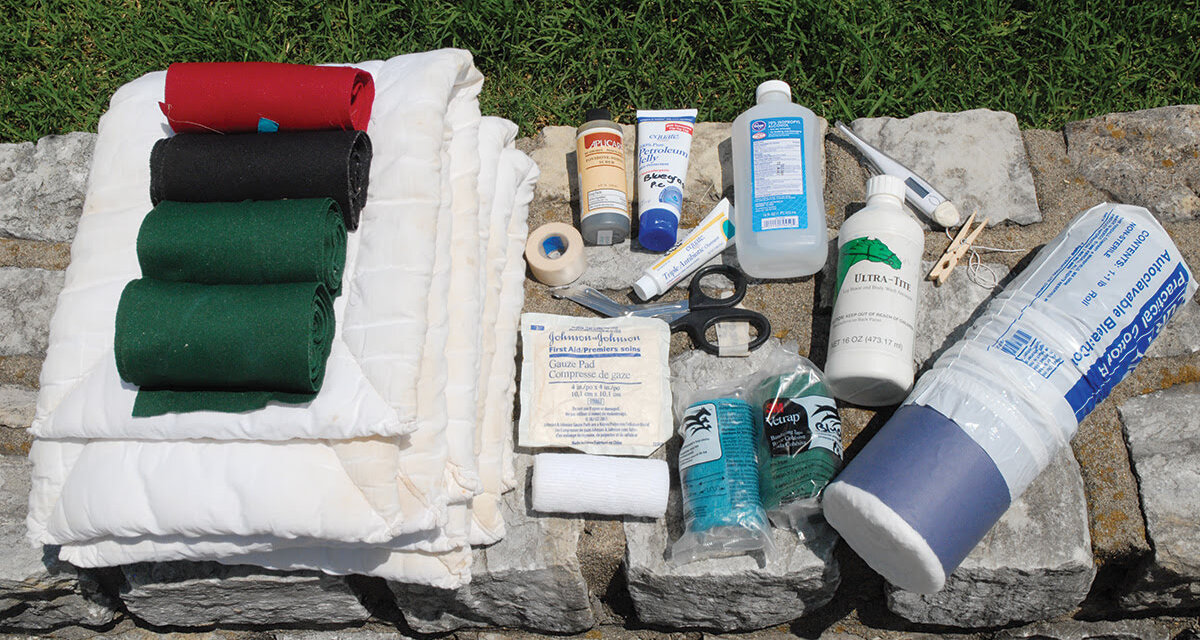
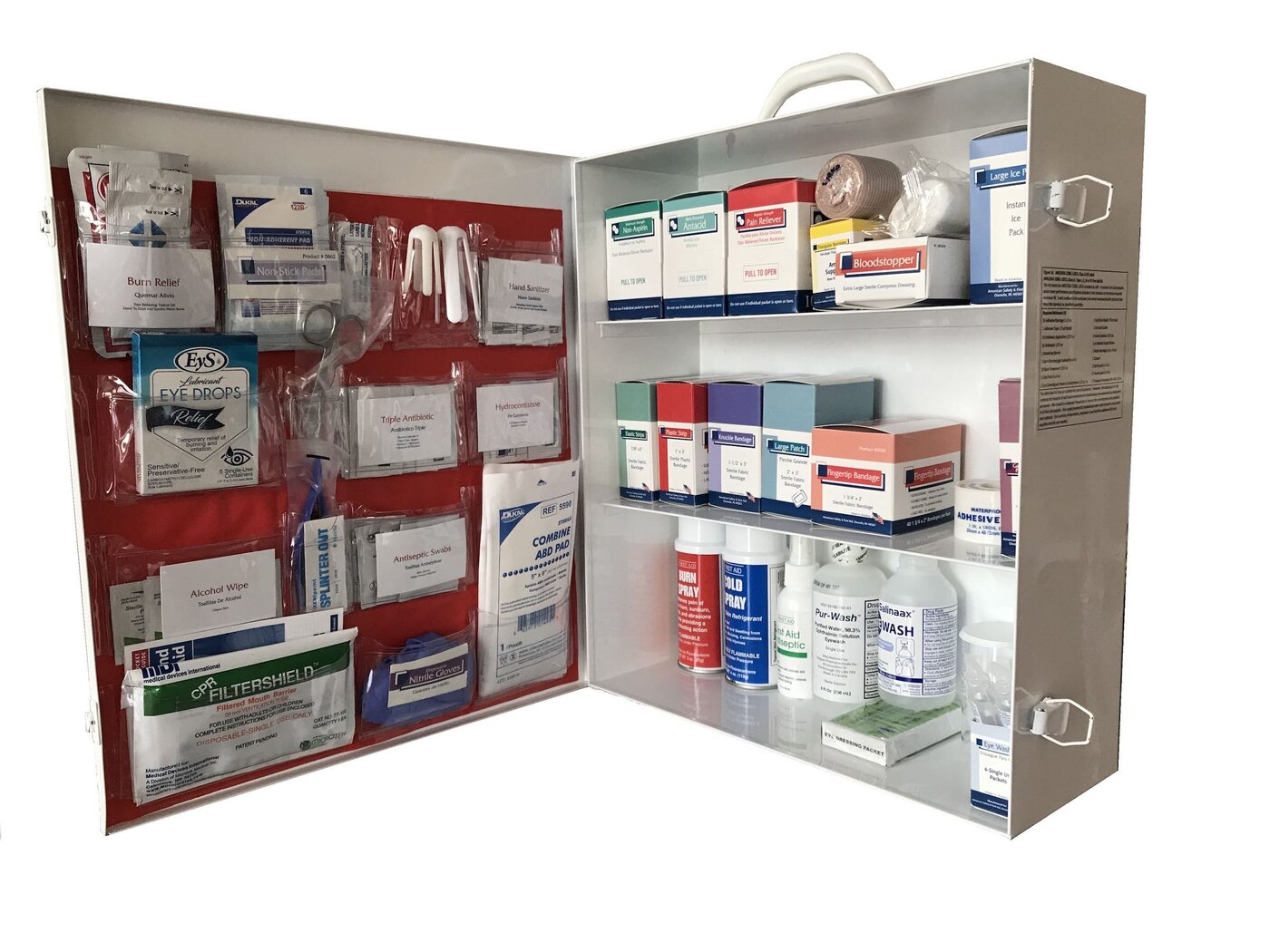

0 thoughts on “How Long Does A First Aid Kit Last”